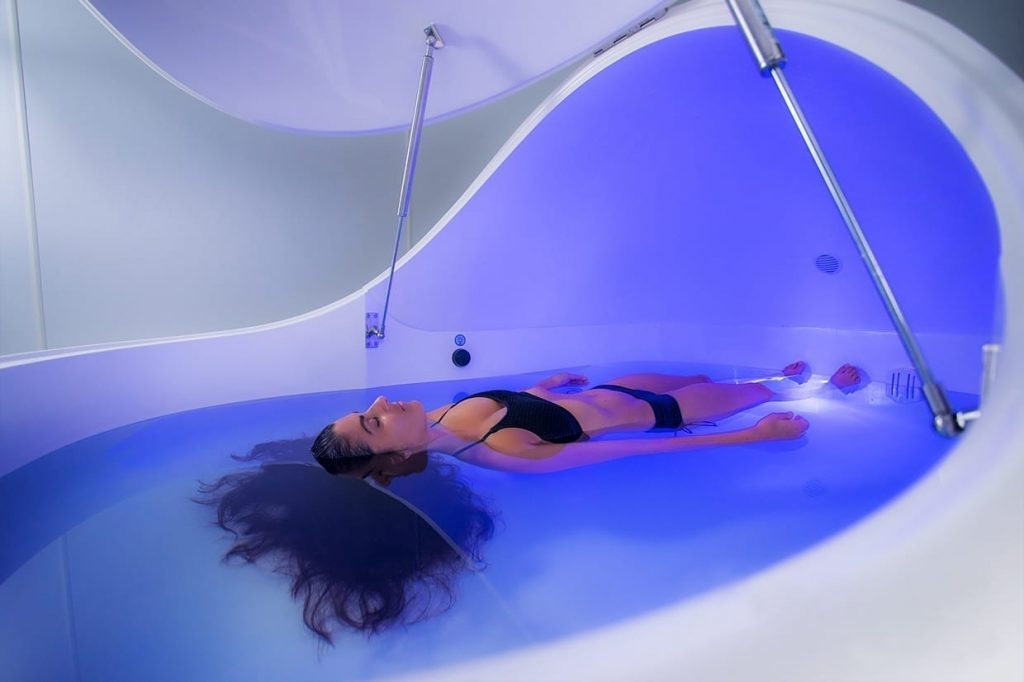If you have every suffered from ADHD, epilepsy, had or have mental health issues or know anyone who is prone to migraines, concentration issues and panic attacks then neurofeedback sessions may be a viable solution.
We have gotten our teeth into the many myths you may come across when doing your research about this complex subject and the advantages this treatment may have on your lifestyle.
#Myth 1: You will see improvements quickly and easily if you’re strict with yourself and try harder.
If you go into the session with thoughts of stress and directing all your negative energy into forcing the healing process, this will not enhance things, if anything, they will hold you back in your improvement.
Depending on your centre, the first session or two will be more about focusing on things that make you relaxed, such as a favourite calming tv show which influences tranquility into the sessions (perhaps not The Shining!) can help greatly as you are taking charge of your wellbeing. It goes without saying that if your state of mind is calm this will aid showing improvements quicker and you will feel composed before you start the neurofeedback sessions where you will be retraining your brain in a healthier fashion
The computer software will stipulate the sights and sounds and provide opinions in both circumstances hopefully this will raise the spirits in the people taking part and enable them to be more observant to what is happening on the television screen.
#Myth 2: My GP hasn’t mentioned it, therefore it mustn’t be very dependable
GP’s are less likely to recommend this as they are not taught in this field and may have some apprehension on the topic, as any bad experience may reflect on them, such as a garage suggesting someone to go elsewhere the garage may not be suitable for the customer and your doctor may not be authorised to hand out information about this subject.
#Myth 3: It can read our thoughts
Professionals do use a computer software to track the brains activity intensely, but this cannot read our thoughts, or make us forget…it’s not a lobotomy. The amount of activity is regulated and strengthens our healthier neuropathways and it is in these periods of treatments, that helps us to emphasis the brain patterns that is unique to each individual which mean a noticeable development of the ailment.
#Myth 4: Neurofeedback feeds electricity into your brain
In neurofeedback sessions, electrodes are stuck onto the scalp to observe the brain activity, the electrodes do not hurt, and this procedure is a similar to your GP sending you to a specialist for an E.E.G or taking part in sleep studies.
#Myth 5: Neurofeedback and medicine cannot coexist
Both neurofeedback and prescription drugs can aid the brain to function better, increasing focus and improving mental wellbeing. In some individual cases both treatments work together to create improvements, often the brain adapts after having neurofeedback treatment, and either there is not as much, or no medication needed after treatment.
Research has shown that neurofeedback therapy can work perfectly together in sync with the doctor’s orders too – you don’t have to choose one over the other.
#Myth 6: You Have To be “Sick” to go to Neurofeedback Therapy
There is absolutely nothing wring with seeking help when you need it and as mentioned above, neurofeedback therapy has helped people of all ages with all sorts of mental health issues, but people are also embracing this modern invention to enhance their sport performance and career advancement. We predict that in the future more sports teams/individuals and businesspeople will embracing this tool to improve their skills, focus and success in their fields.
Conclusion
To recap, neurofeedback therapy is used to help a variety of complaints that can disturb our everyday life. The results, as with most things cannot be seen overnight and investing in this method of treatment is efficient, painless and an underrated way of training your brain.
This treatment is there to help your personal issues or to strengthen you in your career or competition. It could be 20 60 sessions or more depending on the nature of the problem before improvement is noticed. Everything to gain and nothing to lose!


